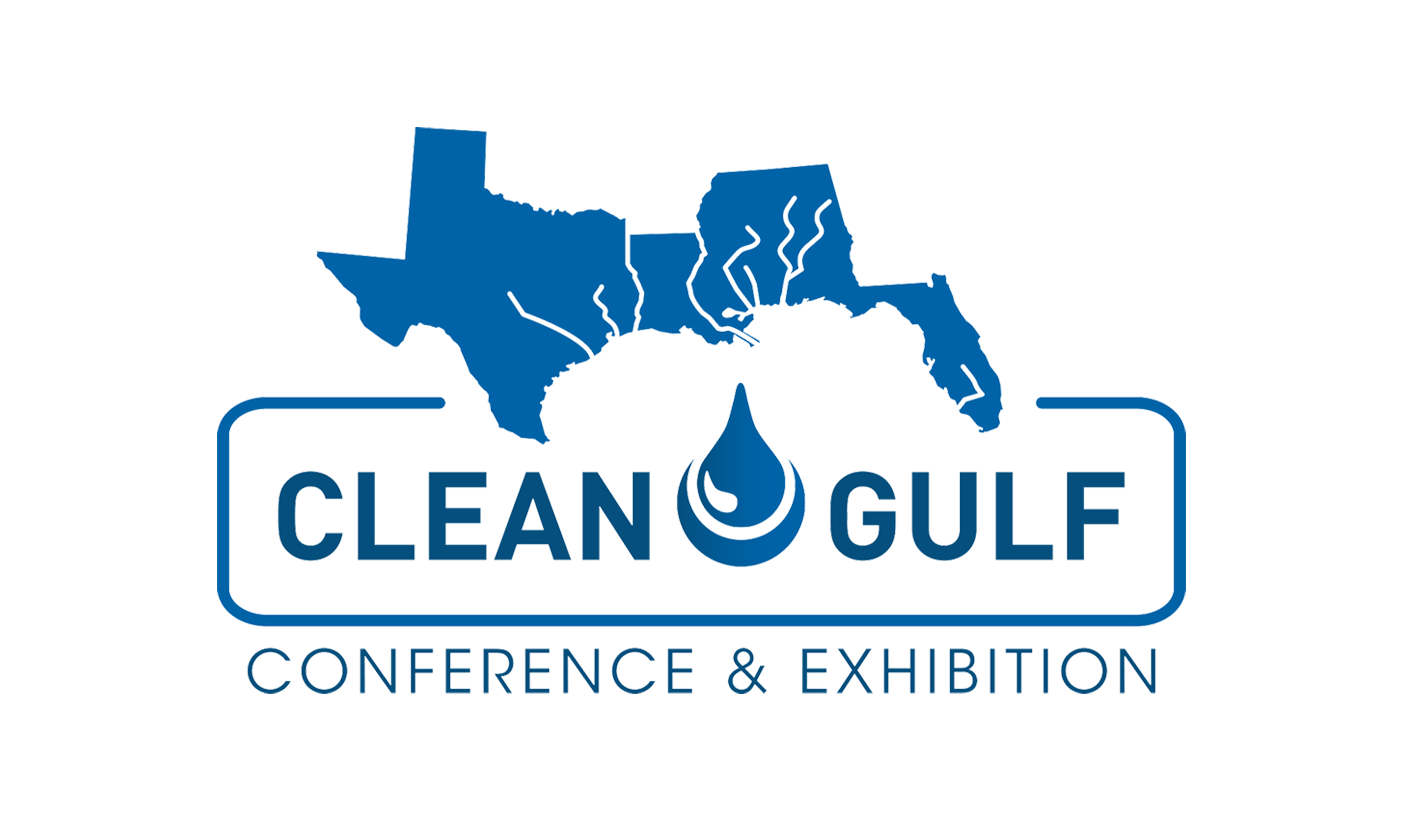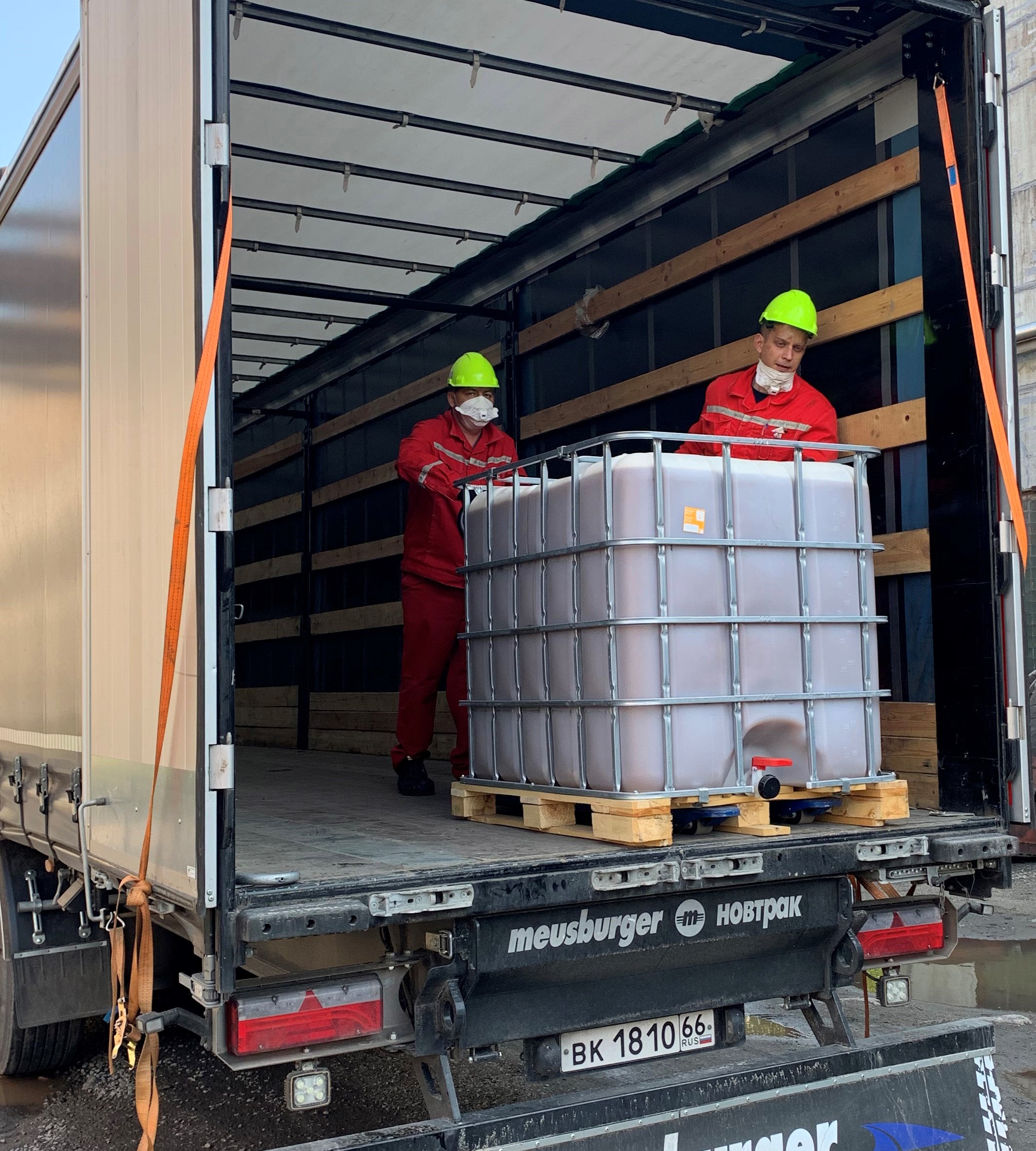Types and features of drains
The water that humans use in the home or in production becomes polluted and becomes runoff. The same applies to atmospheric runoff - rain and meltwater comes into contact with streets and buildings and collects pollution. Domestic, industrial and atmospheric wastewater is discharged into a sewer or pond, but is treated before being discharged. For effective treatment, it is important to determine their type and type of contamination.
Types of contaminants and degrees of purification
The stages and degree of treatment depend on what and how polluted the wastewater is.
There are several types of contaminants:
-
Biological - these are bacteria, fungi, algae. To clean water from them, it is disinfected with ultrasound or UV radiation, anaerobic, aerobic or decontamination. These are biological and biochemical methods of treatment.
-
Chemical ones are organic impurities, mineral impurities or their mixture. To combat chemical pollution, water is oxidized and reduced, ozonized, neutralized or the method of precipitation is used. These chemical methods are complemented by physical-chemical methods - a combination of water treatment with reagents and mechanical treatment using sedimentation tanks, hydrocyclones, centrifuges, filters, flotators and reactor-type plants.
-
Physical - these are suspended solids. Large mechanical impurities - debris, sand - are removed first by mechanical cleaning so that such impurities do not damage the equipment. Fine and colloidal particles are removed using physical-chemical method, using reagents and purification units.
-
Thermal - this is waste cooling and power water without chemical and biological contaminants, but with a high temperature. Such wastewater is considered conditionally clean, but if it is not cooled and discharged into a water body, it will change its natural temperature regime and its inhabitants will die.
Surfactants, inorganic salts - these are the main things people pollute water with. It's all in household chemicals
Water can either be contaminated with different substances or meet the maximum allowable concentration of harmful substances - MPC. It is believed that a harmful substance in such a concentration will not harm the environment. For different substances have their own standards of MPC, established by the Resolution of the Government of the Russian Federation № 644 from 29.07.2013.
City administrations set their own, stricter MPC standards for wastewater discharges. They apply to those enterprises that treat industrial water runoff at their own treatment facilities and discharge treated water through the sewage system into the city sewage system, from where it enters the city's treatment facilities.
For the discharge of treated water into water bodies and water bodies, the Order of the Ministry of Agriculture of the Russian Federation № 552 from 13.12.2016 establishes even more stringent requirements.
For better results and to save time and money, cleanup methods are combined. For example, the physical-chemical treatment method includes water treatment with reagents and flotation. Reagents trigger the coagulation and flocculation process and collect suspended solids in the water. This sediment is easily extracted from the water.
The flotation unit helps purify water from fine impurities by the physical-chemical method
Types of waste water
According to their origin wastewater is divided into three groups: domestic, surface and industrial. Each group has its own type of pollution and its own specifics of purification.
Domestic wastewater
Domestic wastewater is everything that goes into the sewer system from apartments and homes. It contains biological, chemical and physical contaminants: sand, food debris, human and animal excreta, bacteria, fungi, viruses and household chemicals.
Domestic wastewater treatment. Typically, this type of wastewater is mechanically cleaned of undissolved substances, then biological contaminants are removed from the water and disinfected. Physical, chemical, physico-chemical and biological methods are used in these stages of treatment.
Surface runoff
These include atmospheric, infiltration and drainage water runoff, irrigation wastewater.
-
Atmospheric runoff is the runoff of rain and melt water. They are collected by gravity in storm sewers, and then go to treatment facilities. Compared to rainwater, meltwater has dozens of times more pollution because it stays in contact with the environment longer and mixes with dust, soil, road dirt and other things.
-
Infiltration runoff forms when rain and meltwater from the ground surface seeps into the sewer system through cracks and voids in it. They then mix with the rest of the water and also enter the sewage treatment plant.
-
Drainage water is water that is diverted from a site to drain it. There are closed and open drainage systems. In the first case, the waters flow first into a drainage ditch and then into a sewage drain. In the case of closed drainage, the wastewater flows into a pipe that exits into a sewer.
-
Waterwashing wastewater is generated after watering street greenery, washing road surfaces and signs. Their share is much smaller than that of atmospheric wastewater, but they are more polluted.
Treatment of surface runoff. There are three types of contaminants in them:
-
physical - soil particles, sand, dust;
-
chemical - organic substances, oil products, metals, surfactants;
-
biological - bacteria, fungi, algae.
First, surface runoff enters the local treatment facilities, then into the municipal sewer system or a water body.
For example, when atmospheric water flows through the drainage system into the treatment facilities, it is first cleaned of coarse debris and coarse mechanical impurities. Then it is settled, and already purified from the sediment water is fed into a tank with a mixing device - this is called averaging of wastewater.
Depending on the nature of contaminants and the purpose of water, rain and melt water is treated with reagents, filtered from fine impurities and organics, and further purified with sorbents and disinfected.
Industrial effluent treatment
Let's take a closer look at the purification of production or industrial wastewater - water that is involved in the production process.
Preliminary wastewater is cleaned from solid debris. Then it is taken to the buffer for accumulation and averaging of wastewater by both hydraulics and concentrations of contaminants. After the buffer, the water is subjected to physical and chemical treatment in a flotator or reactor plant. To increase the degree of water purification additional stages are added - sand filtration, carbon adsorption and ultraviolet disinfection. Then the treated water is discharged into a sewer or pond.
What is better: a reactor plant or a flotator? It depends on the water flow rate. If the flow rate is small (10-20 m3 per day) the reactor-type plant at 5-10 m3 is suitable. If the flow rate is higher, you need a flotation unit, because its capacity is higher.
Biomicrogels® solutions for wastewater treatment
Industrial wastewater and stormwater treatment
One way to improve wastewater treatment and reduce capital, operating and reagent costs is to use BMG-C2 flocculant in conjunction with a flotation unit or settling tank.

Example of a scheme of treatment of industrial and storm water with a flotator
The benefits of implementing a Biomicrogels® solution
-
Speed of reagents and optimization of their dosage helps reduce costs.
-
BMG-C2 results in a minimum volume of sludge, which is transferred to disposal or landfill.
-
BMG-C2 is based on natural polysaccharides, so there is no reagent contamination in the treated water.
Treatment of produced and produced water
Associated produced water is formed as a result of commercial oil and petroleum products settling in reservoirs. Associated produced water is produced water in the oil reservoir.
To increase the degree of purification of this effluent from 50-60 mg/l to 10-20 mg/l, to reduce treatment costs and the negative impact on the environment, Biomicrogels® has developed solutions based on reagents — coagulant BMG-P2 and flocculant BMG-C2.
Benefits of implementing the Biomicrogels® solution
-
Reduction of well repairs.
-
Reducing the load on the water preparation equipment for well injection.
Conclusion
Proper treatment of wastewater is very important. If contaminated effluent enters a body of water, it will lead to waterlogging, shallowing, and the death of its inhabitants. In addition, effectively treating contaminated water is a way to combat freshwater shortages.




